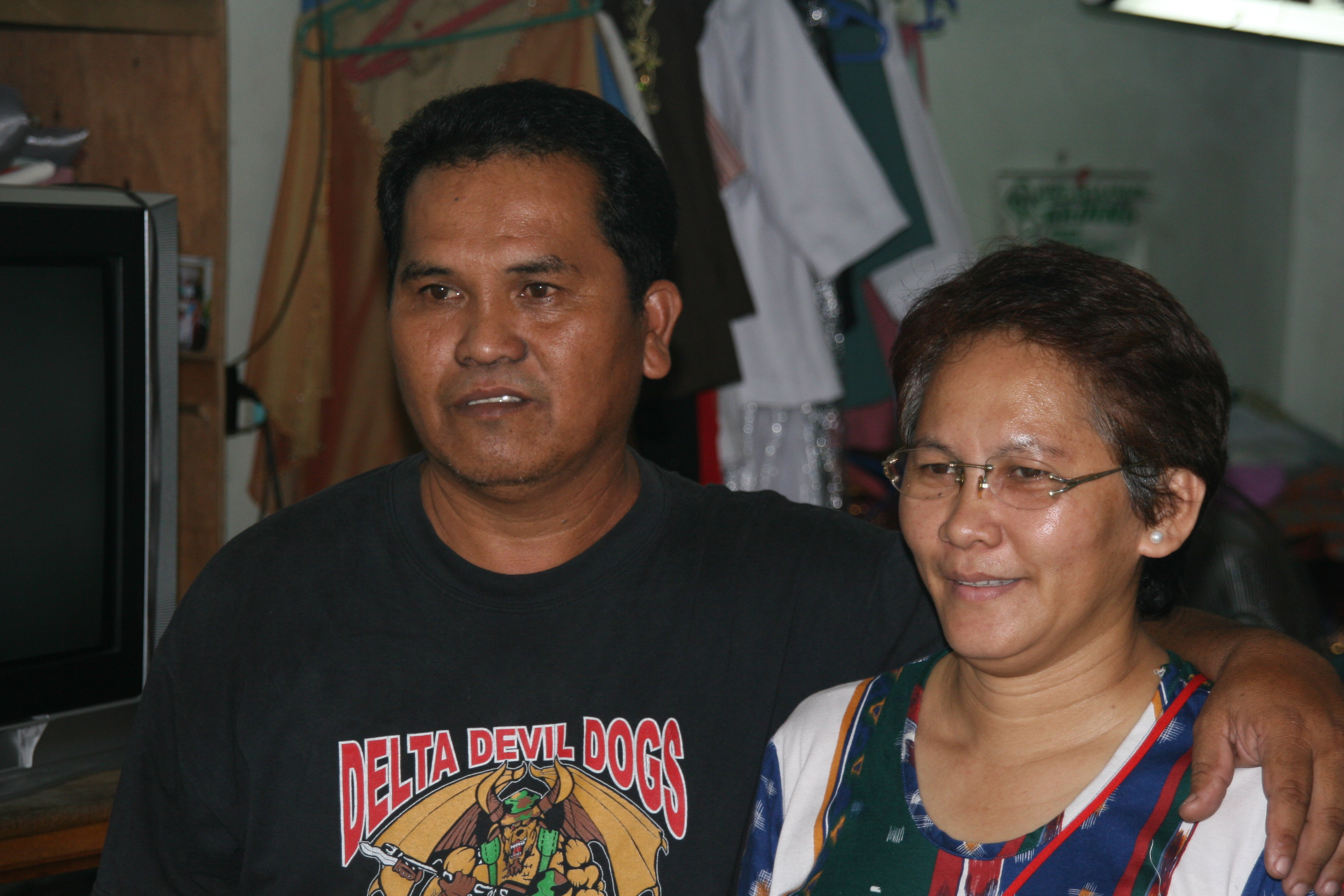Improving the employment outlook for women – one woman at a time
When the latest Australian census data was recently released I hoped to see the gender gap narrow across a range of employment indicators. Disappointingly, the disparities between men and women in labour force participation rates, earnings and superannuation balances were similar to those of previous censuses. This is a shame for Australia’s women and the national economy, as an upswing in female workforce participation and earnings could potentially increase economic growth. Sadly, the situation in Australia is consistent with international trends.
The United Nations recently noted that, globally, women account for two thirds of all working hours, yet take home only 10 per cent of all global income. The United Nations notes that while women and girls make up roughly half the population of the world and women half of the workforce, their experiences, particularly in developing countries, are very different to that of men. Women do the lion’s share of unpaid domestic duties and childcare. The unemployment rate is higher for women and there is a large percentage of women in the world who are not on salaried or waged income. There’s a concentration of women in industries where the wages are low, the hours are long and women are not securing higher paid managerial roles.
One of the factors holding back women’s progress is entrenched cultural norms, particularly in developing countries. I remember one stark example in India a few years ago. A group of Opportunity International Australia’s supporters was speaking to a group of women in a village in Lucknow. These women had received small loans from Opportunity to build start-ups like food stalls, samosa stands and sewing businesses. We asked: “How is your business doing?” and “Are you earning sufficient income from your business to provide for your family?” and “Are you having any problems with your business?” The women’s husbands hovered around nervously and closely watched us. One of the women tried to respond to our questions but her husband abruptly put his hand over her mouth so that she couldn’t speak. It was unsettling to see this happen but it does give you an indication of how far societies need to progress to enable women to have an equal voice to men.
On a trip in 2006 to visit Opportunity loan recipients in the Philippines, the first loan recipient I ever met was Lorna, an enterprising dressmaker who employed three women in her sewing business. She told us that when she first started her business, her husband was working in a different part of the country on a low income so her children rarely saw him and she often had to send them to school without breakfast or a packed lunch because she couldn’t afford to buy food. Over time, she received several rounds of loans from Opportunity, which she paid back promptly so she could borrow progressively larger amounts. In this way, she eventually purchased more sewing machines and went on to employ the three women we met in her small house.

Now her business is generating a regular income, her husband doesn’t have to work far away and he can spend more time with his family. He runs a small kitchen serving cooked lunches from the corner of the dressmaking shop. A family reunited! Lorna uses her income to feed her children nutritious food, send them to school and access medicines and healthcare for them. And to save for their future education. As she was talking to us, there was tears of joy running down her face and she said that her children will never have to go hungry again and they have a better future ahead of them because they are being educated. And that’s exactly why we invest in women. Women who, in turn, invest in their children’s health and education. Education that helps them break the cycle of poverty in which their families have been trapped for generations.
These stories illustrate why 95 per cent of Opportunity’s loans go to women. Women whose repayment rate is 98 per cent. Women are the change agents in many of the communities we serve and women are overrepresented amongst those living in poverty. Two thirds of Opportunity’s loan recipients are illiterate. They have few paid job opportunities and their only option to earn regular incomes is to build their own businesses. But how do they get started when they have no savings, limited education and no previous experience running a business? And how do they borrow money to kick start the business when they don’t have a credit history?
Through local partners, Opportunity is providing over four million of these women with start-up capital and basic business training. Once the women are on their feet and have repaid their initial loan they can receive subsequent loans to further build their businesses. They invest their earnings in their children’s health and education, hoping they will eventually find stable employment and be financially self-sufficient.
In this way, Opportunity is attempting to improve the situation for women in developing countries and bring about the change needed to turn around the disappointing statistics released by the United Nations. It’s a slow process but deeply inspiring to see the changes that can be made in one generation through perseverance, hard work, resilience and education. And a hand up through a small loan.